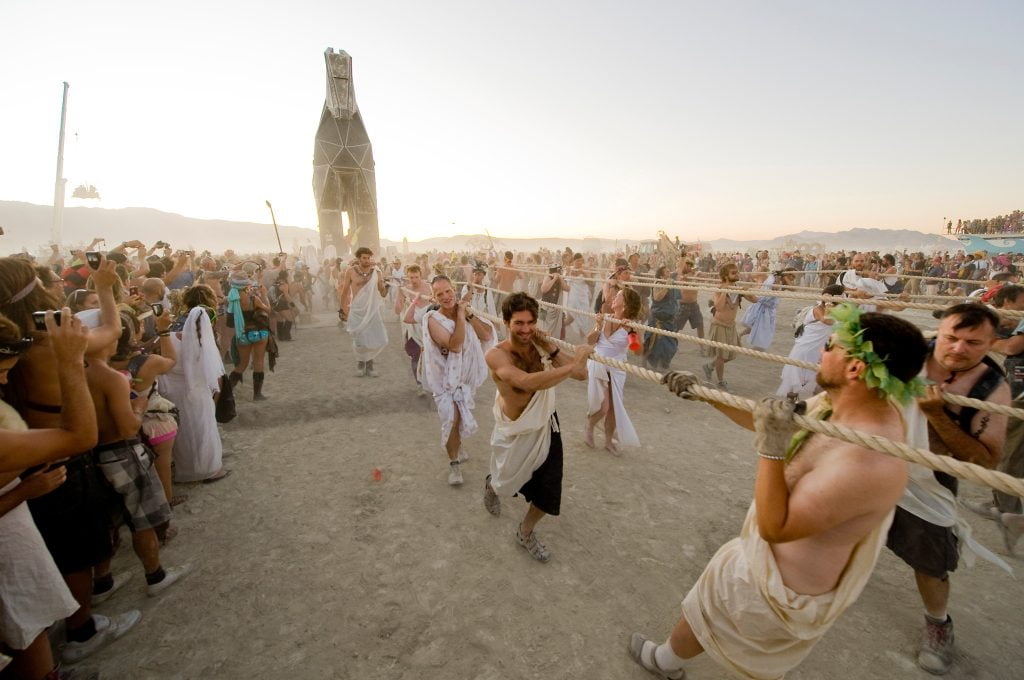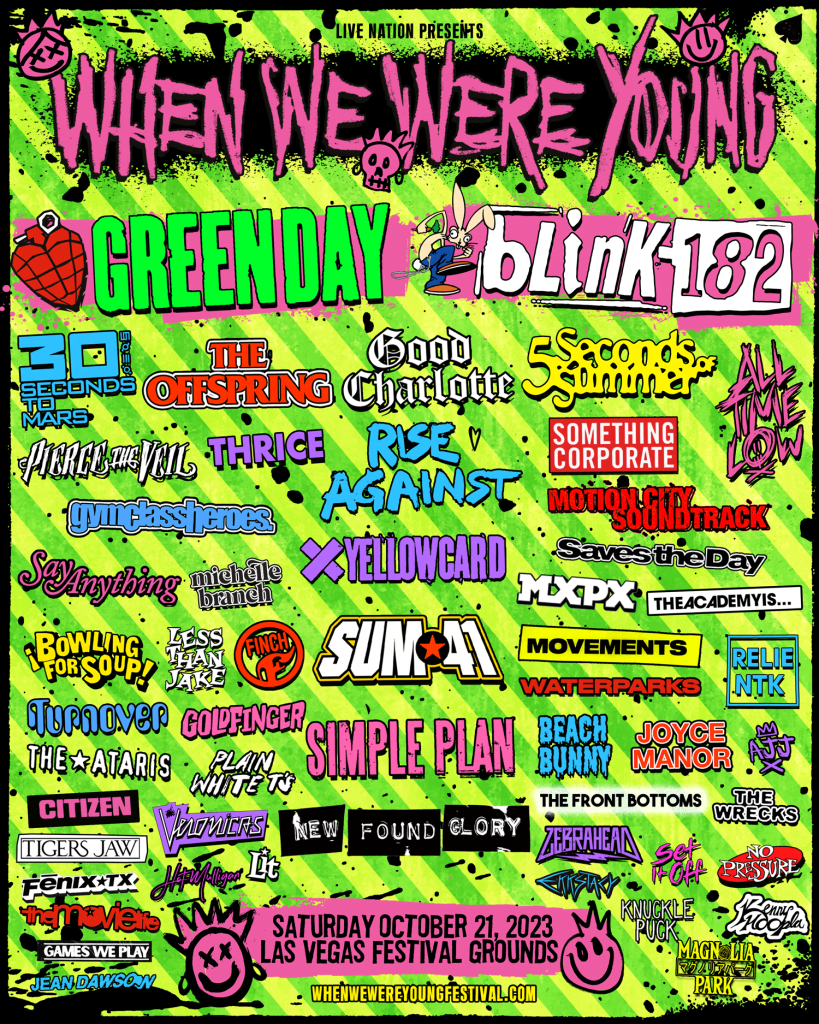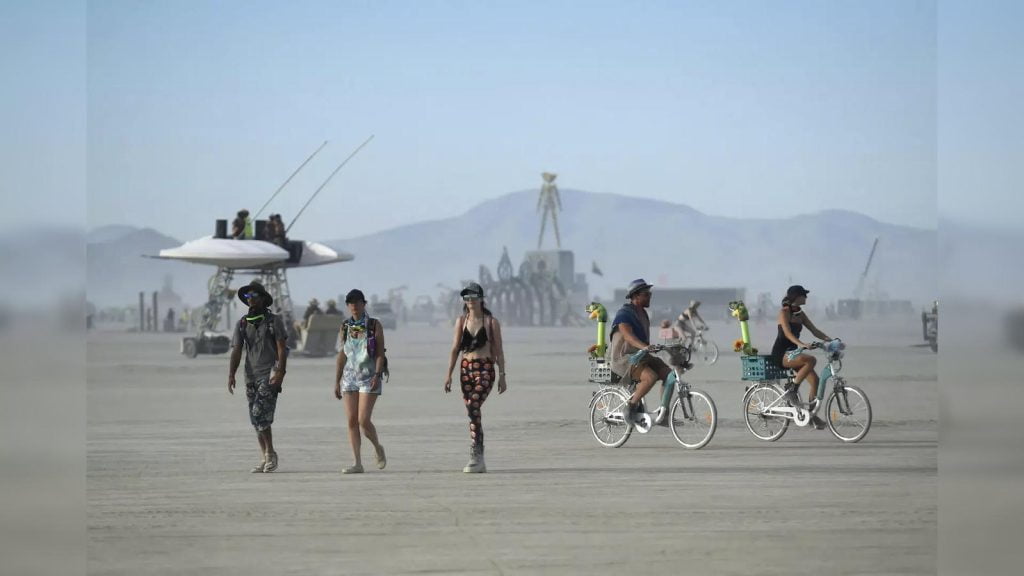Color festivals have gained immense popularity worldwide, intriguing people with their vibrant and joyous celebrations. But what exactly is a color festival? This blog dives deep into unraveling the magic of color festivals, exploring their origins, significance, and unique traditions that make them a mesmerizing experience. From the historical roots of color festivals in various cultures to their modern-day interpretations, we will unravel the essence of these dynamic events that stir the senses and evoke a sense of unity and happiness.
What is a Color Festival?
A Color Festival is a vibrant celebration of colors where people come together to enjoy a day filled with music, dance, and the throwing of colored powders in the air. It is a festive occasion that promotes unity, joy, and diversity through the shared experience of color.
History of Color Festivals
The tradition of Color Festivals dates back centuries in India, where it is known as “Holi.” Holi is a Hindu festival that signifies the victory of good over evil and the arrival of spring. It has now become popular worldwide, with various cultures adopting their versions of the Color Festival.
Cultural Significance
Color Festivals are not just about playing with colors; they hold cultural significance in many societies. Colors are used to symbolize various emotions, such as love, happiness, and forgiveness. The act of smearing colors on each other during these festivals represents breaking down barriers and embracing harmony.
- Unity: Color Festivals bring people from different backgrounds together, fostering unity and togetherness.
- Celebration: Participants celebrate the joy of life and the beauty of diversity through colorful expressions.
- Renewal: The festival marks the renewal of relationships and the start of a new beginning.
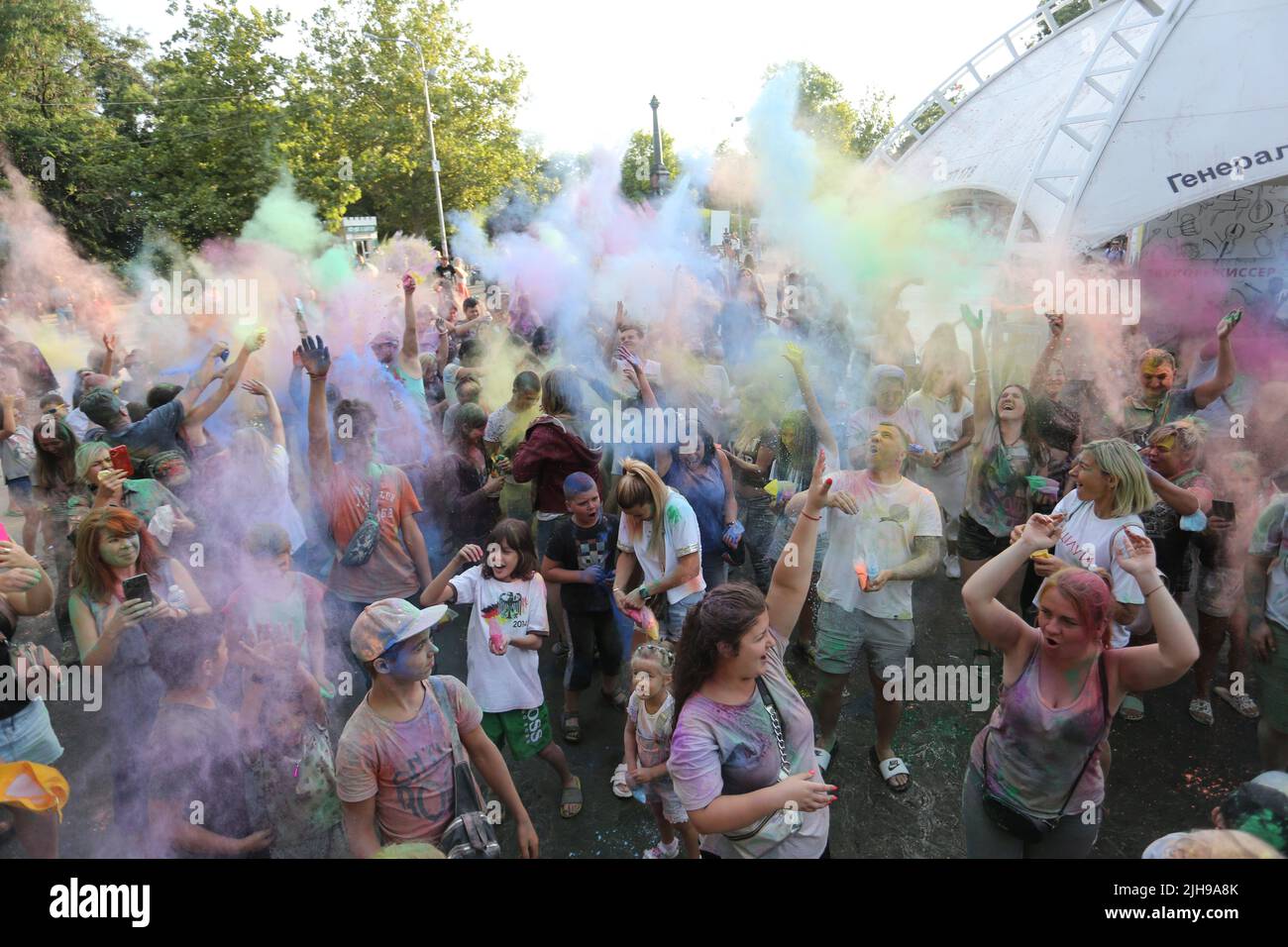
The History and Origins
A Color Festival, also known as Holi, is a vibrant and joyous celebration of colors that originates from India. The festival has a rich history dating back to ancient times and is primarily observed by Hindus.
Ancient Origins
The festival’s origins can be traced to various Hindu mythological stories, including the legend of Lord Krishna playing pranks with colors on Radha and other Gopis. This ancient tradition symbolizes the victory of good over evil and the arrival of spring.
Evolution Over Time
Over the years, the Color Festival has transcended its religious roots and has become a global phenomenon celebrated by people of various cultures and backgrounds. The festival promotes unity, love, and togetherness.
Significance of Colors
Colors play a significant role in our lives, influencing our emotions, behavior, and perceptions. In the context of a color festival, the significance of colors is heightened as they represent different aspects of life and culture.
The Psychology of Colors
The psychology of colors delves into how different colors evoke specific emotions and responses in individuals. For example, red is often associated with energy and passion, while blue conveys calmness and serenity. Understanding these nuances can enhance the overall experience of a color festival.
Cultural Symbolism
Colors hold varying symbolism across different cultures. For instance, in Indian culture, red symbolizes fertility and prosperity, while white represents purity and peace. During a color festival, the blending of these cultural symbols creates a rich tapestry of meanings and traditions.
Cultural Impact
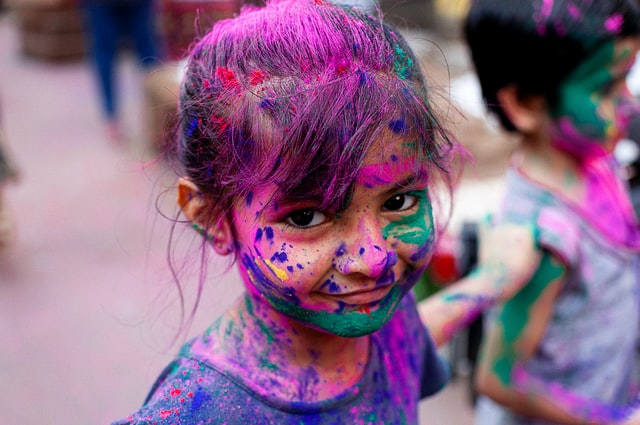
The cultural impact of a Color Festival is profound, transcending boundaries and connecting people through the joyous celebration of colors. This vibrant event fosters unity and inclusivity, bringing together individuals from diverse backgrounds to revel in the beauty of hues.
Shared Traditions
Participants of a Color Festival partake in age-old traditions passed down through generations, symbolizing the triumph of good over evil and the arrival of spring. This shared cultural heritage strengthens bonds within communities and ignites a sense of belonging.
The festive atmosphere during the event enhances the spirit of togetherness and cooperation among attendees.
Global Harmony
The Color Festival transcends borders, spreading its message of love and harmony worldwide. Individuals from various cultural backgrounds come together to celebrate diversity and unity, fostering a sense of global peace.
- Through the colorful spectacle of the festival, attendees experience a sense of wonder and appreciation for different cultures and traditions.
Celebrations Around the World
Color festivals are celebrated with immense joy and excitement across the globe, showcasing the vibrant cultures and traditions of various countries. These celebrations bring people together to revel in the beauty of colors and the spirit of unity.
Holi in India
Holi, known as the Festival of Colors, is a significant Hindu festival celebrated in India and other parts of the world. It marks the arrival of spring and the victory of good over evil. During Holi, people throw colored powders and water at each other, dance, and indulge in festive treats.
Harmony in Diversity
Color festivals symbolize unity in diversity as people from various backgrounds come together to partake in the festivities. The colors represent the diversity of cultures and the beauty of togetherness.
- People from different walks of life join hands in celebrating the joyous occasion.
- The festival bridges gaps between communities, fostering harmony and mutual respect.
Modern Interpretations
Modern interpretations of color festivals have evolved beyond traditional celebrations to embrace inclusivity and creativity.
Artistic Expression
In recent years, color festivals have become popular among artists as a canvas for their creativity. Art installations and interactive exhibits now play a significant role in color festivals, turning the event into a celebration of art and expression.
Cultural Fusion
With globalization on the rise, color festivals have transformed into a melting pot of cultures. Traditional dances, music performances, and cuisine from various parts of the world are now integral parts of these festivals, promoting cultural exchange and understanding.
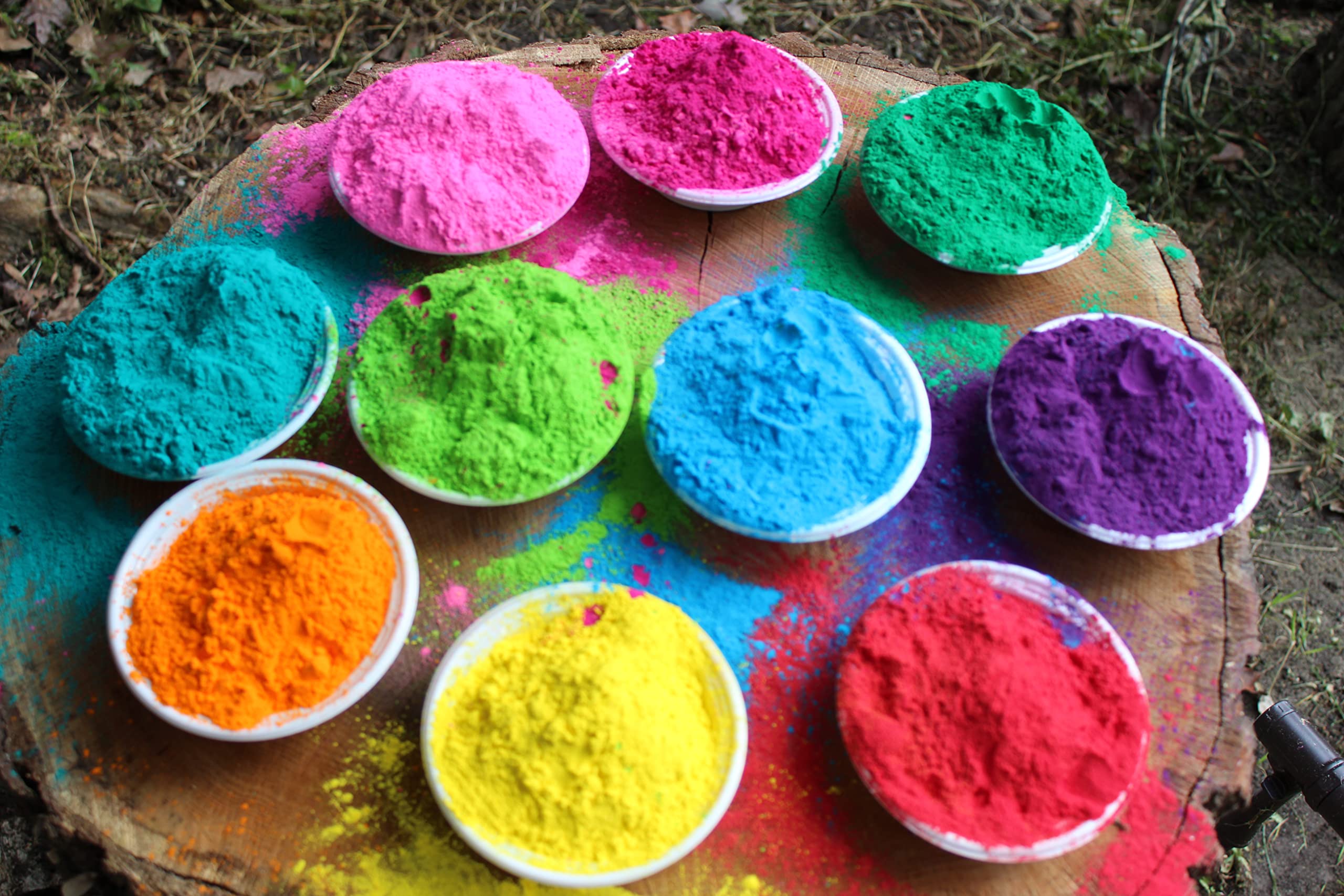
Colors in Different Festivals
Colors play a significant role in various festivals worldwide, adding vibrancy and symbolism to the celebrations. Festivals like Holi, Carnival, and Dia de los Muertos are known for their use of vibrant hues to express joy, spirituality, and culture.
The Festival of Holi
Holi, also known as the “festival of colors,” is a popular Hindu spring festival celebrated in India, Nepal, and other regions. During Holi, people play with colored powders and water, symbolizing the arrival of spring and the victory of good over evil.
Participants chase each other to smear colors, creating a kaleidoscope of hues in the air.
Carnival Celebrations
Carnival, celebrated in countries like Brazil and Venice, is renowned for its extravagant parades, costumes, and vibrant decorations. The use of bold and bright colors during Carnival reflects the festive and lively atmosphere of the event.
- Participants wear elaborate masks and costumes adorned with sequins, feathers, and vibrant shades.
- The streets are filled with music, dancing, and a sea of colors, captivating spectators.
Frequently Asked Questions
- What is a Color Festival?
- A Color Festival is a vibrant celebration of life where participants throw colored powders in the air, creating a stunning visual display of color everywhere.
- Where do Color Festivals originate from?
- Color Festivals, also known as Holi festivals, originate from the Hindu tradition in India, where they are celebrated as a way to welcome the arrival of spring and to celebrate the triumph of good over evil.
- What is the significance of colors in a Color Festival?
- Colors hold symbolic meanings in Color Festivals. They represent joy, love, and the diversity of life. It is a way for people to come together and celebrate unity amidst diversity.
- How are Color Festivals celebrated?
- Color Festivals are celebrated by people gathering together, throwing colored powders at each other, dancing, singing, and enjoying festive foods. It is a lively and joyful event filled with laughter and camaraderie.
- Are Color Festivals celebrated only in India?
- No, Color Festivals have gained popularity worldwide and are now celebrated in many countries as a way to promote cultural diversity, harmony, and the spirit of togetherness.
The Vibrant World of Color Festivals: A Celebration of Unity and Joy
Color festivals are not just events; they are cultural celebrations that transcend boundaries and bring people together in a colorful whirlwind of joy and unity. Through showers of vibrant powders, music, and dance, these festivals ignite the spirit of togetherness and create unforgettable memories. The essence of a color festival lies in its ability to radiate positivity, promote diversity, and symbolize new beginnings. It’s a reminder that life, like colors, is diverse and beautiful, and should be celebrated with enthusiasm and happiness. So, next time you witness a color festival, remember that it’s not just about the hues but the emotions they evoke.

